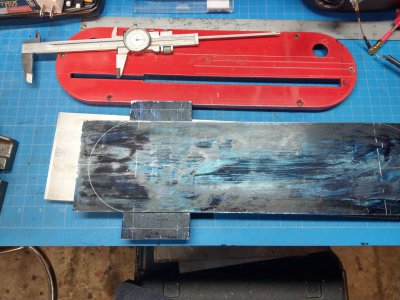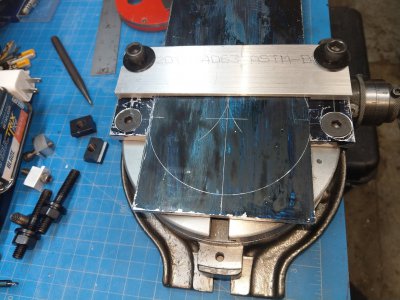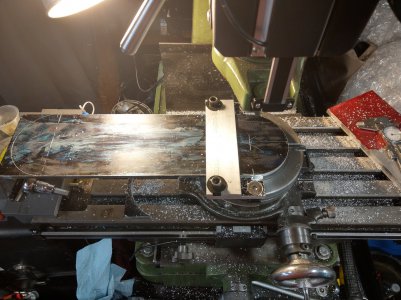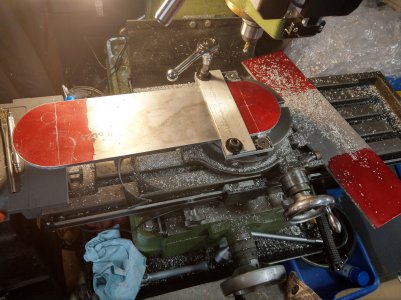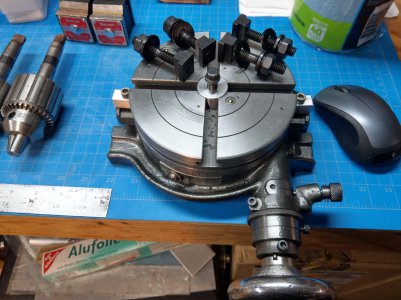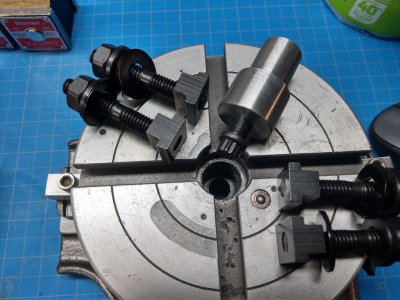- Joined
- Oct 7, 2020
- Messages
- 2,116
This is only the second time playing with my rotary table. I had the table centered under the quill to start with and locked in the Y axis. I'm sure there are some measurements to setup properly, I just eyeballed the depth, if you will. And took way to long trying to get it centered so I could cut a nice radius, and still didn't have it right. Close but not right. The bar is 19mm thick, I had already removed the part, so I just stuck it in there for the photo, but that is pretty close to how I had it setup.
I have seen bar's clamped to the rotary tables, but I'm not sure how they are used. I know Joe Pie did a video on rotary table setup, and there probably others. I thought I would start here before going to YouTube.
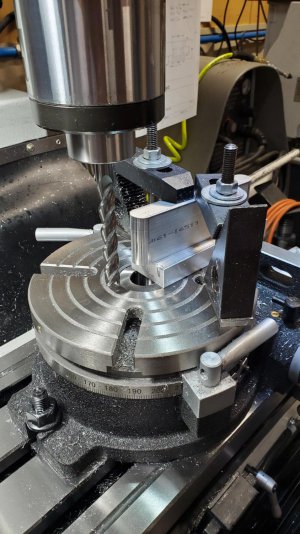
I have seen bar's clamped to the rotary tables, but I'm not sure how they are used. I know Joe Pie did a video on rotary table setup, and there probably others. I thought I would start here before going to YouTube.



